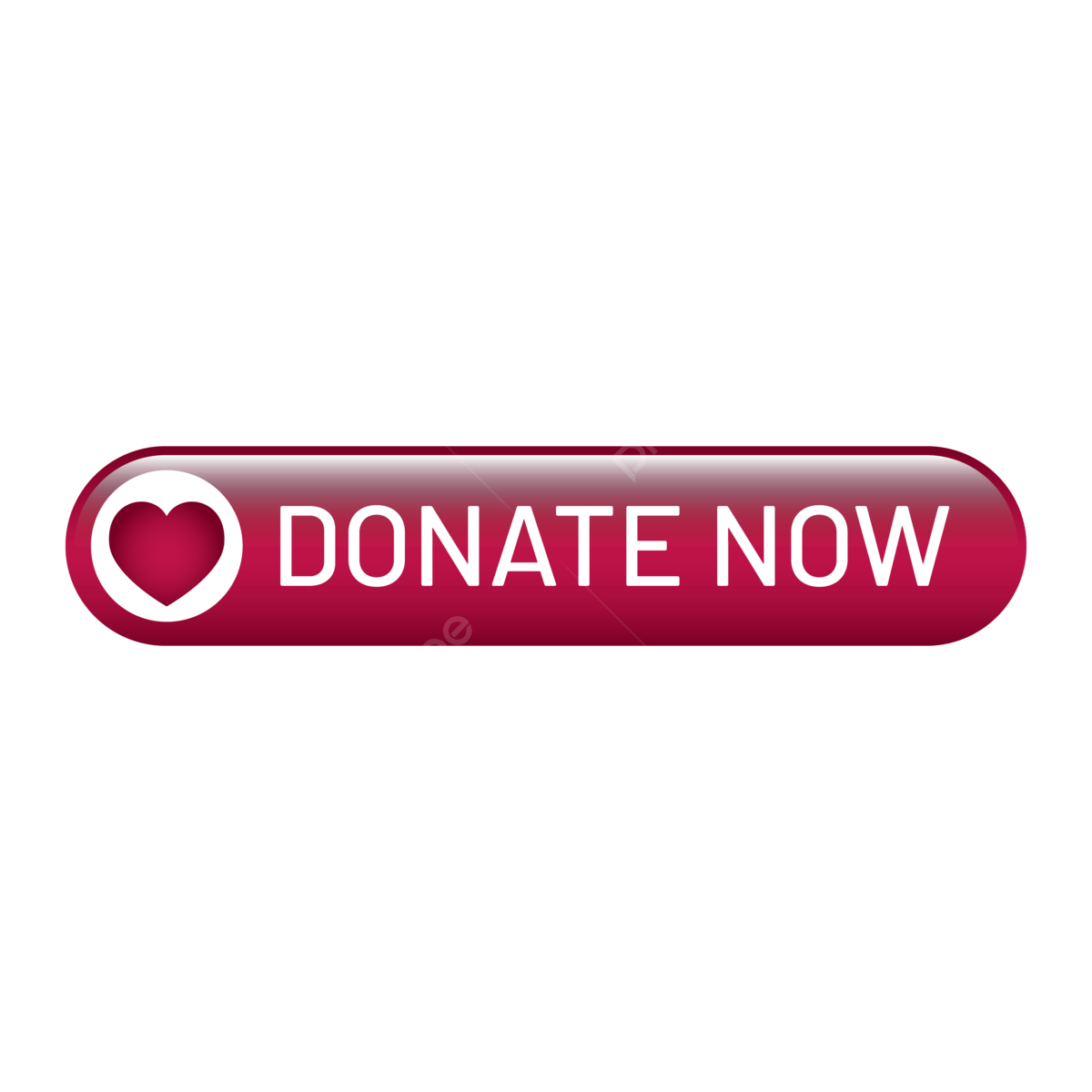FDA Flip Flops (Again) on Kratom
/By Pat Anson
The Food and Drug Administration can’t seem to make up its mind about kratom.
Just 10 days after publishing an initial notice in the Federal Register seeking public comment on a study about the risk and safety of kratom and psychedelic substances, the agency abruptly withdrew its request.
“FDA no longer intends to proceed with the proposed study as described because circumstances occurred necessitating changes to the scope of the study,” the FDA said in a brief statement, without explaining what “circumstances” changed.
Kratom is an herbal supplement made from the leaves of a tree in southeast Asia, where it has been used for centuries as a stimulant and pain reliever. In recent years, millions of Americans have discovered that kratom can be used to treat pain, anxiety, depression and addiction. The FDA takes a dim view of that, because it has not approved kratom for any medical condition.
“Notably, kratom's unapproved status does not appear to have diminished its growing popularity, with people using kratom to reportedly ‘treat’ certain health conditions. Its chemical affinity with opioid and use among patients with opioids use disorder as a ‘treatment’ is of public health concern for the Agency,” the FDA said in its August 2 notice. “The use of this substance, that has yet to be tested and determined safe for use in human population by the Agency, is a significant concern.”
The FDA seems particularly interested in studying how consumers buy kratom or psychedelic substances, what benefits they get from them, and whether “marketing strategies nudge purchase and affect use demand.” The FDA hired a market research firm, the Brightfield Group, to conduct an “Exploratory Behavioral Economics Study” to see what motivates kratom and psychedelic users.
The agency could have saved itself some time and money by looking at the findings from a PNN survey of 6,150 kratom users. Over 90% said kratom was “very effective” at treating pain and other medical conditions, and 98% didn’t believe kratom was harmful or dangerous.
‘Embarassing Mistake’
Kratom advocates say the FDA’s withdrawal of the study notice was the “latest embarrassing mistake” the agency has made about kratom.
In 2016, the FDA joined with the DEA in proposing that kratom be classified as an illegal Schedule I controlled substance, a request that was later withdrawn due to the “significant risk of immediate adverse public health consequences” if kratom was banned nationwide. A top federal health official said FDA staff based their scheduling request on “embarrassingly poor evidence & data.”
“The FDA’s few anti-kratom staff are repeatedly undermining the Agency’s credibility on harm reduction strategies,” Mac Haddow, Senior Fellow on Public Policy at the American Kratom Association (AKA), said in a statement. “The FDA remains trapped in the web of their own making that unfairly demonizes products like kratom and psychedelics that, when properly used, are helping people who struggle with addictions and mental health issues and that are saving lives.”
Others disagree about kratom’s safety. The Brightfield Group is tracking social media posts about kratom and is reportedly seeing more online discussions about its risks and addictive properties. While hundreds of deaths have been linked to kratom use, most cases involve other drugs and illicit substances, making it difficult to determine the exact cause of death.
“Describing kratom as a ‘benign botanical supplement’ is dangerously misleading. Kratom has documented risks, including addiction potential. Downplaying these risks does a disservice to consumers,” says attorney Matt Wetherington, who represents the family of Ethan Pope, a Georgia man who died after consuming a potent kratom extract called Black Liquid Kratom, made by Optimized Plant Mediated Solutions (OPMS).
Pope’s family has filed a wrongful death lawsuit against OPMS, as well as the AKA and other kratom vendors. The FDA issued a recent alert urging people not to ingest Black Liquid Kratom, a warning the AKA has characterized as a “coordinated effort” by trial lawyers to drum up more clients for a class action lawsuit.
“The AKA's overall combative tone towards the FDA and trial lawyers is counterproductive. Constantly framing regulators as enemies undermines opportunities for constructive dialogue that could actually benefit kratom users,” says Wetherington. “No one but the FDA actually knows why they withdrew the request to study. Speculating beyond their stated reason is a fool’s errand.”









